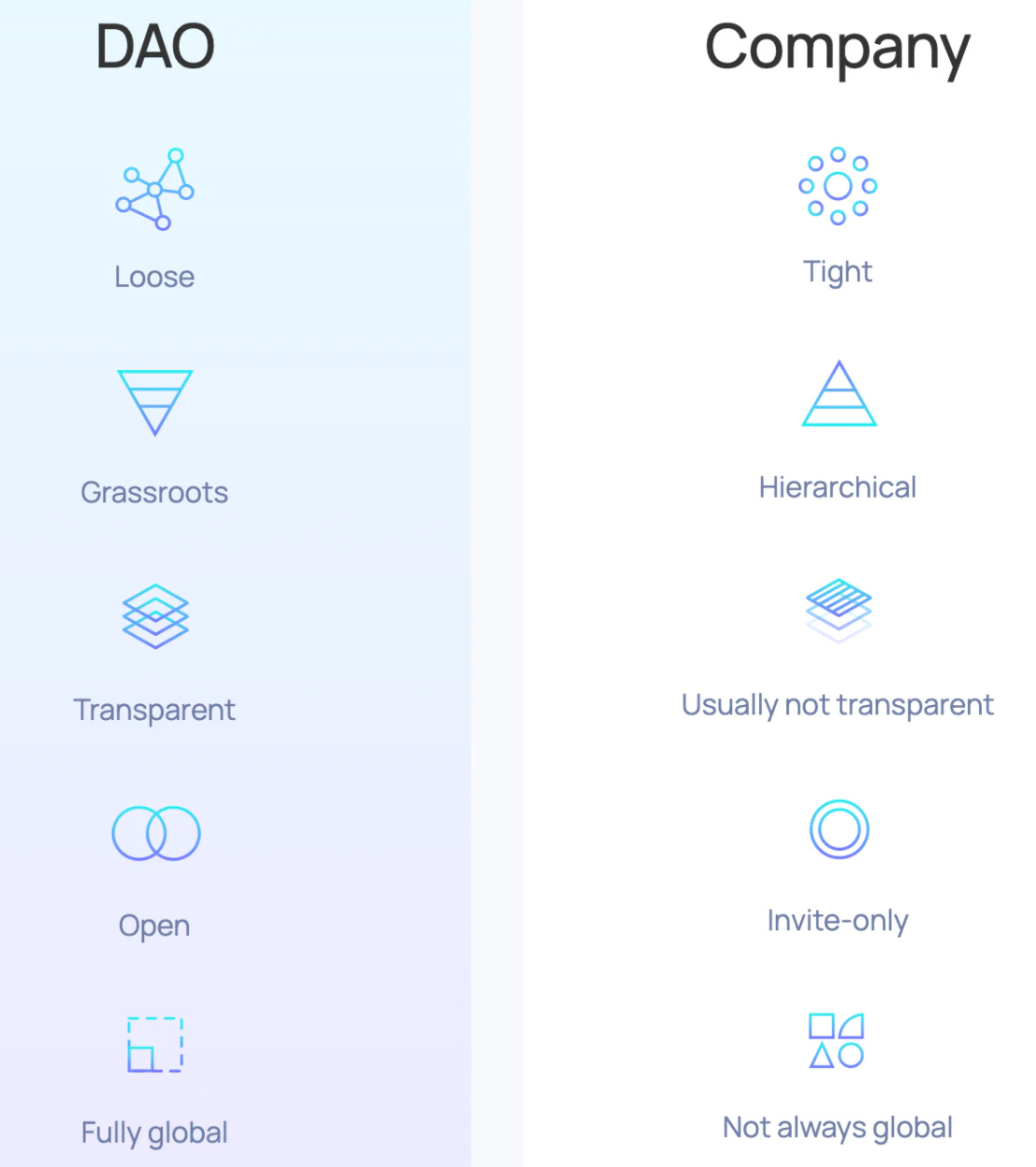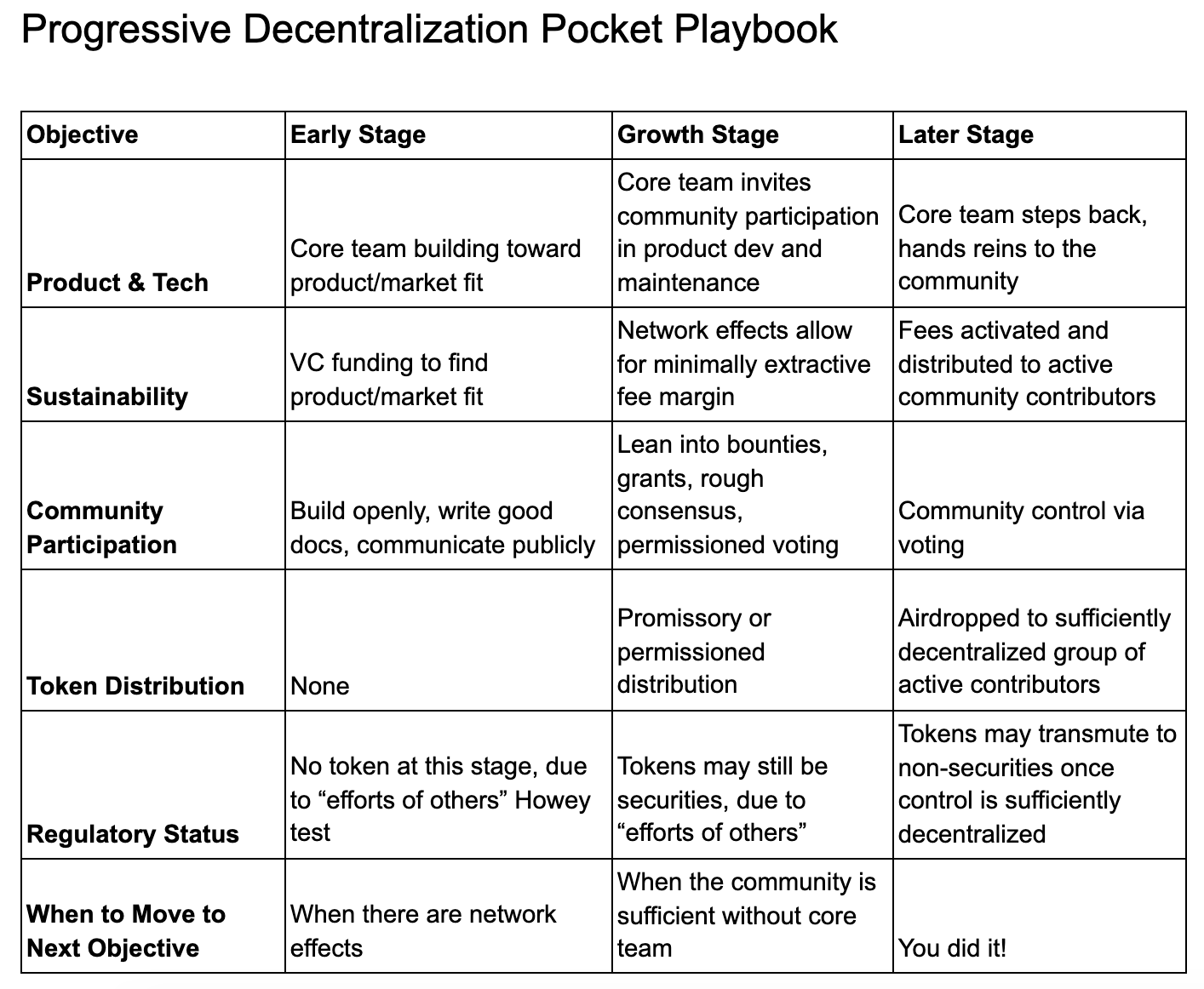Finding Equilibrium #7: Scaling Crypto, Predicting Gene Expression with AI, and Fixing Long Beach's Port Buildup
Hello Everyone!
Last week, my beloved Chennai Super Kings (CSK) won their 4th IPL (Indian Premier League) title, so I was over the moon. For the uninitiated, the IPL is Cricket's answer to premier leagues in other sports, like Soccer. It's completely irrelevant to this newsletter's typical topics, but not sneaking in a mention would be blasphemy.
CSK fans weren't the only ones roaring this week though. After a choppy few months, Crypto roared back too. The largest cryptocurrencies (Bitcoin and Ethereum) hit all-time highs a few days ago, and dozens of upcoming projects soared along with them.
The nice thing about these rallies is some of the best educational content gets created or resurfaced. I tried not to go full crypto-head this week, but I hope you'll find the few I picked informative.
With that, here's three tweets, three reads, and one pod to dig into:
Tweets 🧵
Spotify + Shopify Partnership: An exciting announcement counter to the recent web3 + creator economy momentum. Individual ownership is a central web3 selling point - instead of creators paying fees to platforms, they maximize income through direct audience access. But this Spotify-Shopify partnership could be an interesting "Web 2.0" counter. Together, they combine easy monetization (Shopify) with enormous distribution (Spotify). How long will that distribution benefit outlast web3's ownership benefit?
Scaling Crypto: An accessible introduction to what Layer 2s are and why they're the next phase in Crypto. Crypto's focus has shifted to scaling (Bitcoin and Ethereum are expensive and slow), and Layer 2 solutions are today's answer. They're built on top of "Layer 1's" like Ethereum, and process more transactions at way lower costs. They then pass these transactions in different "packages" back to Layer 1s to retain security. I like to think of them similar to how software companies like Snowflake or Databricks are built on the cloud. Their foundational layers are the same (Amazon S3), but everything "on top" is reconfigured to make a select few elements better (Ex. Data Warehousing or Machine Learning).
Fixing Supply Chains with a Tweet: Flexport’s CEO dropped this thread after exploring the Long Beach port's standstill. It's gold - he describes what's going on and how to quickly fix it. Long Beach's mayor even implemented his solution (temporarily loosening truck yard container-height restrictions) within hours! I especially liked his process dynamics lessons. In any process, your bottleneck should be the most capital intensive step (in this case, ship-to-shore cranes). But the moment a different step holds you up, you have to overwhelm it to overcome it. Push its limits to force a systemic readjustment before negative feedback loops kick in. I bet this framework applies to way more than just supply chains, it’s worth remembering.
Reads 📖
Predicting Gene Expression with AI
Predicting gene expression is a notoriously difficult problem in genomics. It turns out only 2% of our genes are “coding”, meaning they directly contribute to our features. The remaining 98% (2.94 billion base-pairs) act as levers that control how strongly each coding gene is expressed. But our genetic code is massive, so previous computational attempts at predicting gene expression fell short - they couldn’t incorporate enough of our code to find patterns.
To counter this, DeepMind (Alphabet’s AI arm) researchers rearchitected models to replicate how Natural Language Processing (NLP) works. NLP uses an architecture called “Transformers”, which is well-suited for reading long passages of text. Tweaking that to "read” our genetic sequence, which is really just a sequence of letters, vastly improved modeling by broadening how much of the sequence could be read. It's not only a cool example of drawing from unrelated fields, but also a pointer to how wild Biology's future could be. For instance, better gene expression predictions could expand the potential targets for new gene therapies. Instead of just figuring out how to edit a coding gene, scientists could look for an array of levers to just turn them off!
A Beginners Guide to DAOs (Decentralized Autonomous Organizations)
As Crypto matures, DAOs are becoming increasingly prevalant. A DAO is a "group organized around a mission that coordinates through a shared set of rules enforced on a blockchain". It’s basically a fully transparent company. The idea is that incentives are more deeply aligned by involving everyone in decision making instead of a select few (like a board of directors). What's particularly cool is how every member can see (and participate in) every transaction and decision in the organization - they even collectively hire people! There are a ton of things that could go wrong, but this is a great introduction that balances the exciting and dodgt parts of DAOs.
Progressive Decentralization: A playbook for building Crypto Applications
"Crypto" and "Decentralized" are commonly used interchangeably, but the reality is far more nuanced. When building a crypto application, you actually don't want decentralization from day 1. Instead, it should happen progressively over 3 core milestones.
The first milestone is hitting Product-Market-Fit - do people like the app? At first, the answer is likely no, so you need a small, centralized team to make fast decisions and rapidly iterate. The second phase is community participation - are there genuine believers contributing to the project? If not, you probably have a bunch of speculators (people trying to make a quick buck), which sets you up for failure in the final phase. Only once you nail the first two objectives does complete decentralization makes sense. This is called “releasing to the community” - the project essentially becomes a DAO. Not many projects have effectively reached this stage yet, but this progressive approach is why we’ll hear a lot more about DAOs in the future.
Podcast 🎧
Cloud Wars and Company Wars: Play Nice but Win (a16z)
The cloud erased IT infrastructure headaches by providing the benefits (compute and storage) over the internet. This drastic difficulty decrease is why they've been so dominant. It's also why they still have so much momentum. But this episode outlines a stark contrast to that narrative. Michael Dell and Martin Casado discuss how a combination of high margins, improving "IT infrastructure base states", and rising Cloud COGS (Cloud as a % of Cost of Goods Sold) strengthen the case for returning to "On-Premises" (buying servers and installing them yourself).
I don’t fully buy their argument - COGS % is a flawed metric given entire businesses are cloud-native and the cloud slashed absolute COGS - but they also drew an interesting parallel to Pharma (big players ceded market share to retain margins) that could point to an ecosystem change. There are some early startups like Helm that point to this shift, but I struggle to see it being a major upheaval.
It's always illuminating to study the opposite side of your belief though - if any of you have anti-cloud arguments, I’d love to hear them! This would be a cool space to be wrong about. The level of innovation needed to disrupt cloud giants would have to be enormous.
As always, thank you for reading through!
What would you change if you could rewrite this issue? All your feedback after the last one was particularly helpful, so please do keep it coming.
See you all in two weeks,
Aqil



